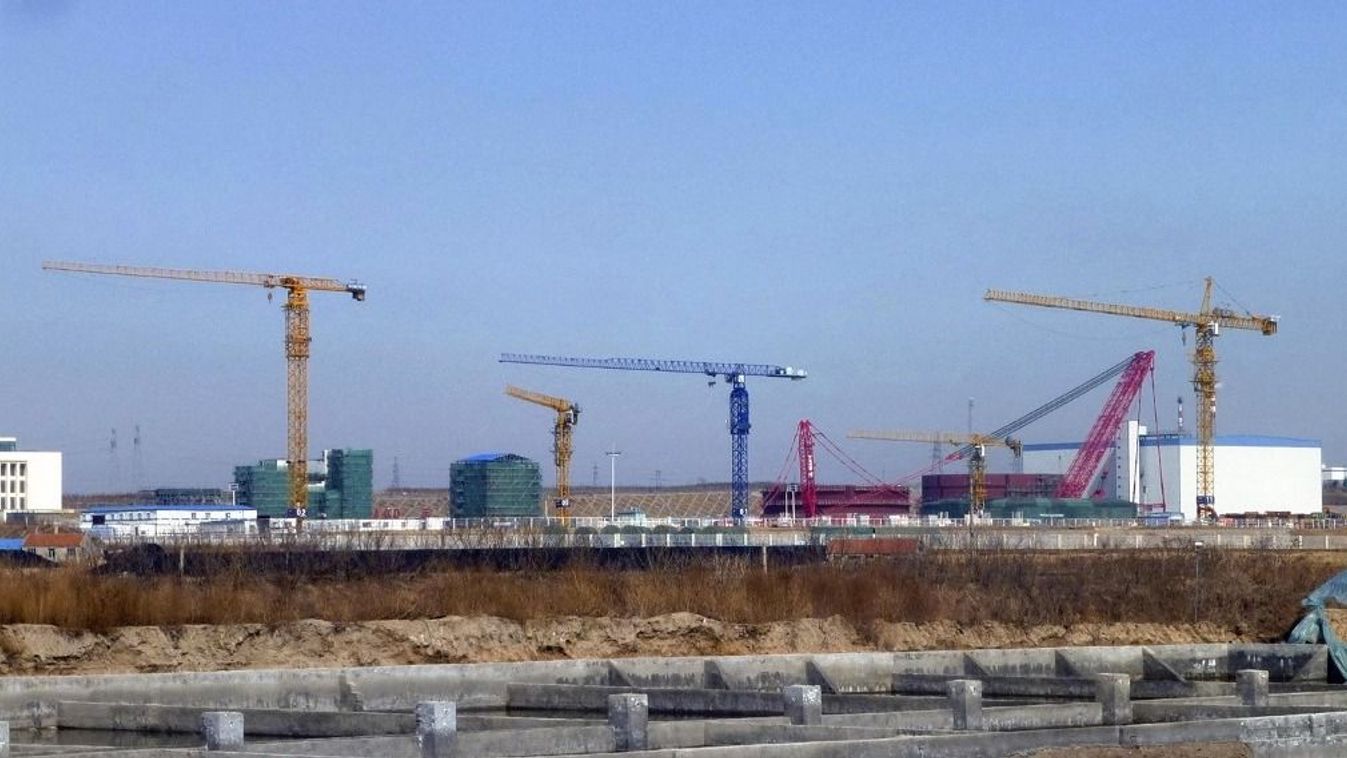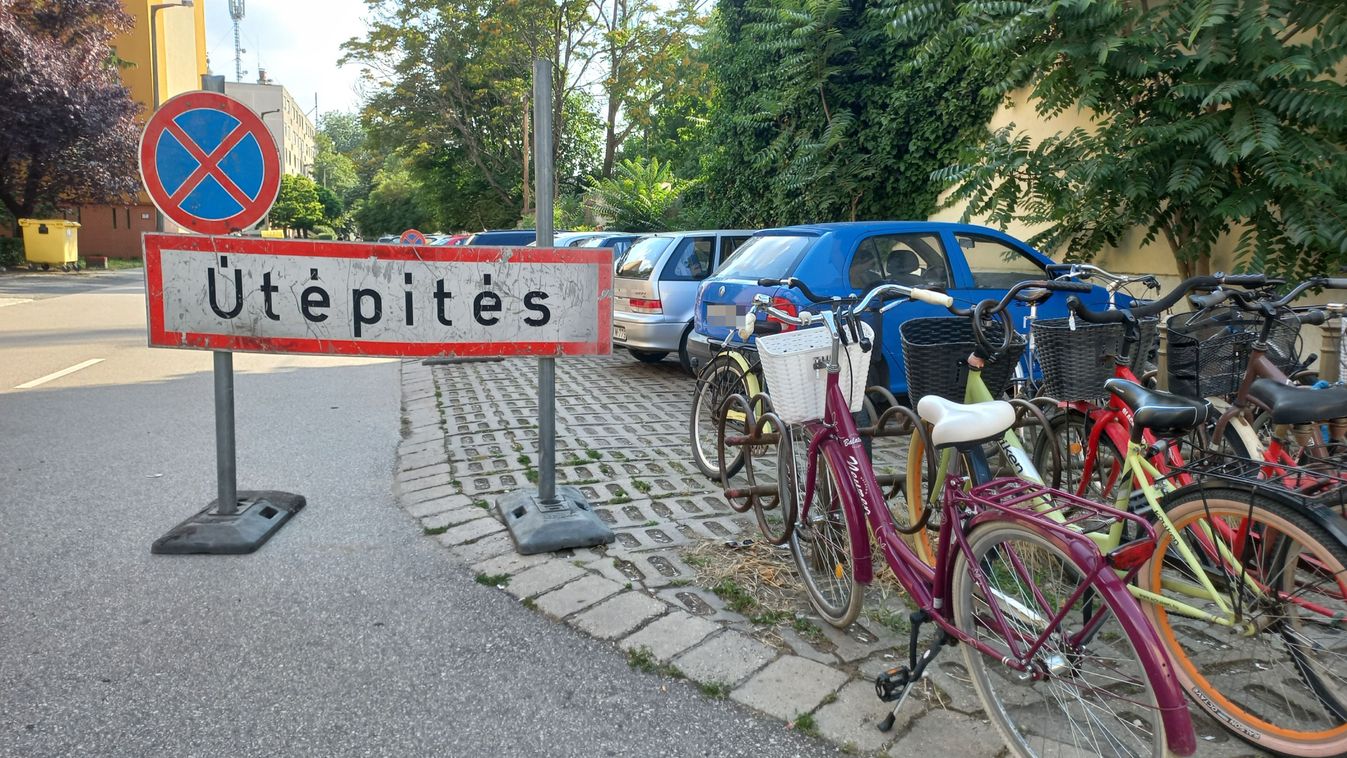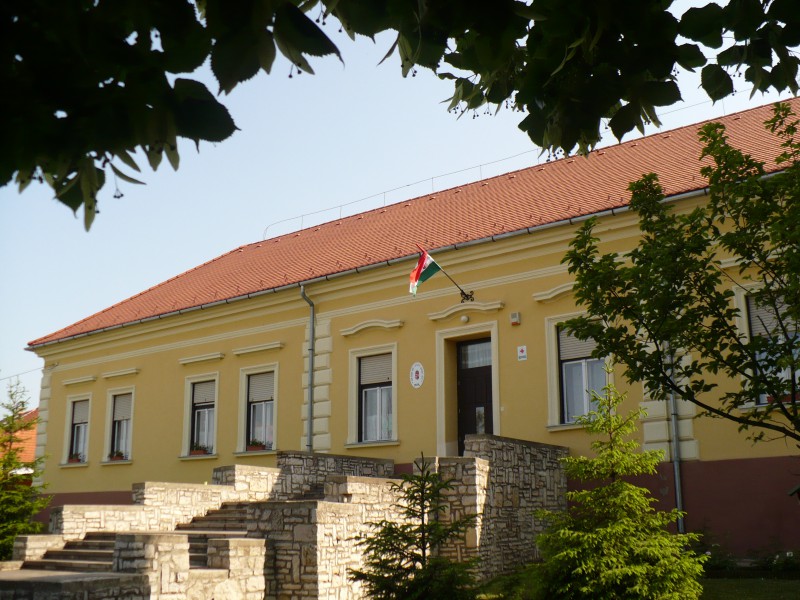It aims to support increased productivity and technological and organizational innovation for micro, small and medium enterprises operating in the production and service sectors.The Ministry of Innovation and Technology (ITM) for each company Between 10 and 629.3 million Hungarian Forints Quantity. a The form of assistance is conditionally non-refundable, which means that it becomes partially or fully non-refundable under certain conditions.
a GINOP Plus-1.2.1-21 In the context of the invitation to bid A total of HUF 200 billion can be submitted in three phases, so that companies have the opportunity to reconsider their development plan and be ready to submit applications. In the first call, worth HUF 100 billion, applications will be submitted between July 12 and July 19. The intensity of aid in the first phase is expected to range between 45 and 70 percent. After that, two more rounds are expected in October and January next year. Based on the entrepreneurs’ feedback, it is new that filling out the application form will begin 10 days before the start of application, which will make the process simpler and speed up submission.
The beneficiaries of the call are micro, small, and medium-sized businesses with at least three employees and at least one full year of business closed. Companies with double-entry bookkeeping, sole proprietorships with double-entry bookkeeping and sole proprietorships not covered by the CTA can apply.
We are also counting on Hungarian small and medium-sized businesses to restart the economy, which has also survived the coronavirus pandemic, providing jobs and livelihoods for Hungarian families and workers. We are announcing our Technology Change Support Program so that Hungarian companies can emerge stronger from the crisis with the help of digital solutions, technology development and investments, and be able to turn the corner.
– announced Laszlo Giorgi, Minister of State for Economic Strategy and Regulation.
Eligible activities under the tender are technology development, including development of production and service technologies and information technology, expansion of technological capabilities and use of business cloud services, as well as investment in infrastructure and real estate, consulting and training services, equipment licensing, acquisition of manufacturing know-how and application of renewable energy technologies.












































